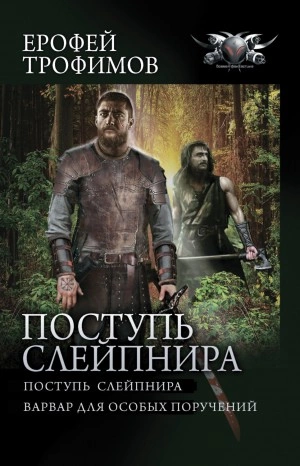Форма входа
Читем онлайн Метавнимание. Как сохранять продуктивность и удерживать фокус в цифровой реальности - Глория Марк
Шрифт:
-
+
Интервал:
-
+
Закладка:
Сделать
На этой странице вы можете бесплатно читать книгу Метавнимание. Как сохранять продуктивность и удерживать фокус в цифровой реальности - Глория Марк бесплатно.
Похожие на Метавнимание. Как сохранять продуктивность и удерживать фокус в цифровой реальности - Глория Марк книги
- Логистика хранения товаров: Практическое пособие - Владислав Волгин - Экономика
- Манипулирование словом в средствах массовой информации - Анна Данилова - Психология
- Экономика для "чайников" - Шон Флинн - Экономика
- Общая теория капитала. Самовоспроизводство людей посредством возрастающих смыслов. Часть вторая - А. Куприн - Периодические издания / Экономика
- Нет плохому поведению - Мишель Борба - Психология
- Аспектика - Живорад Славинский - Психология
- Аспектика. Тезисы - Живорад Славинский - Психология
- Психология рекламы - Александр Лебедев-Любимов - Психология
- Самоосвобождающаяся игра - Вадим Демчог - Психология
- Самоосвобождающаяся игра - Вадим Демчог - Психология







